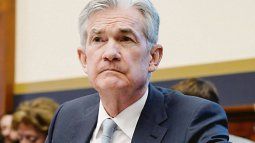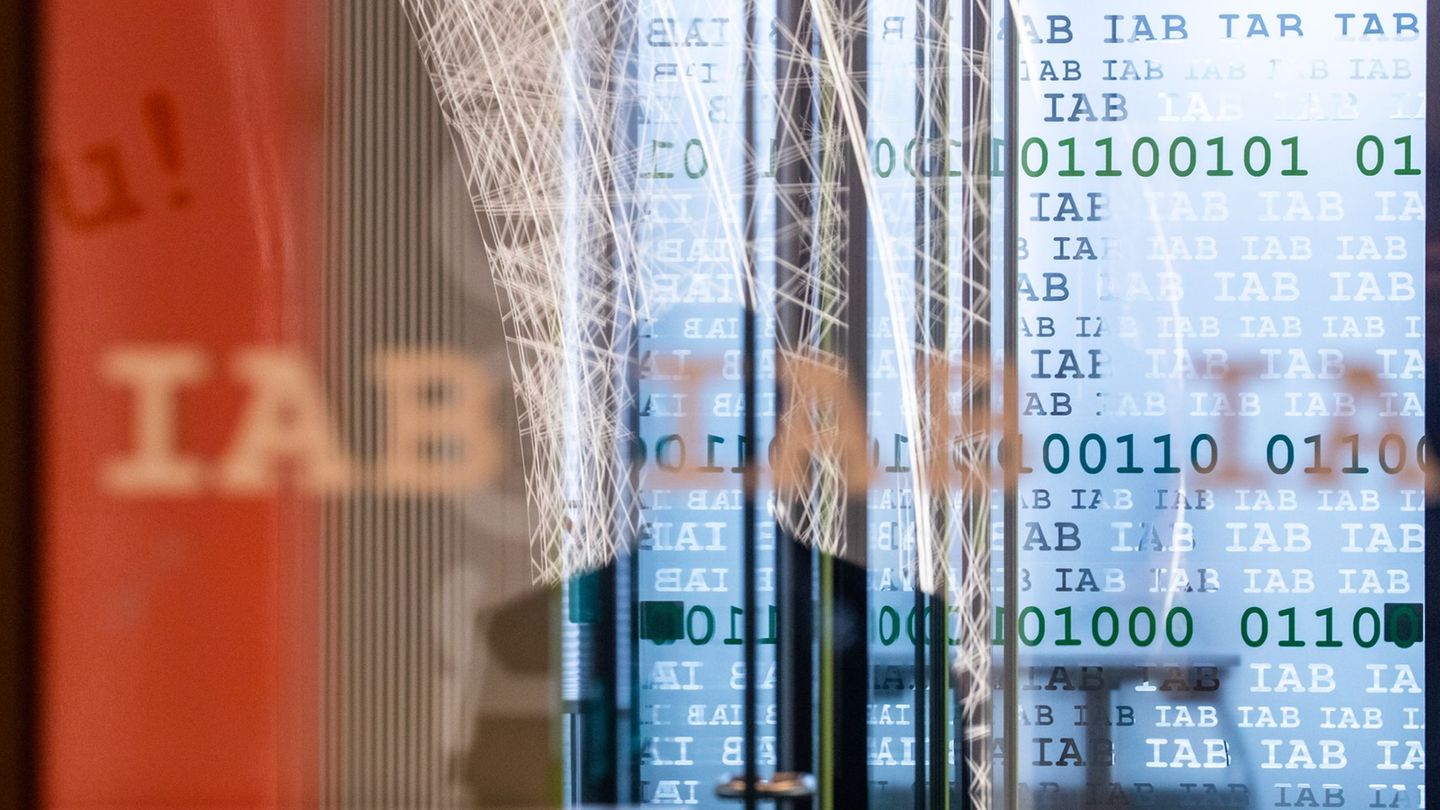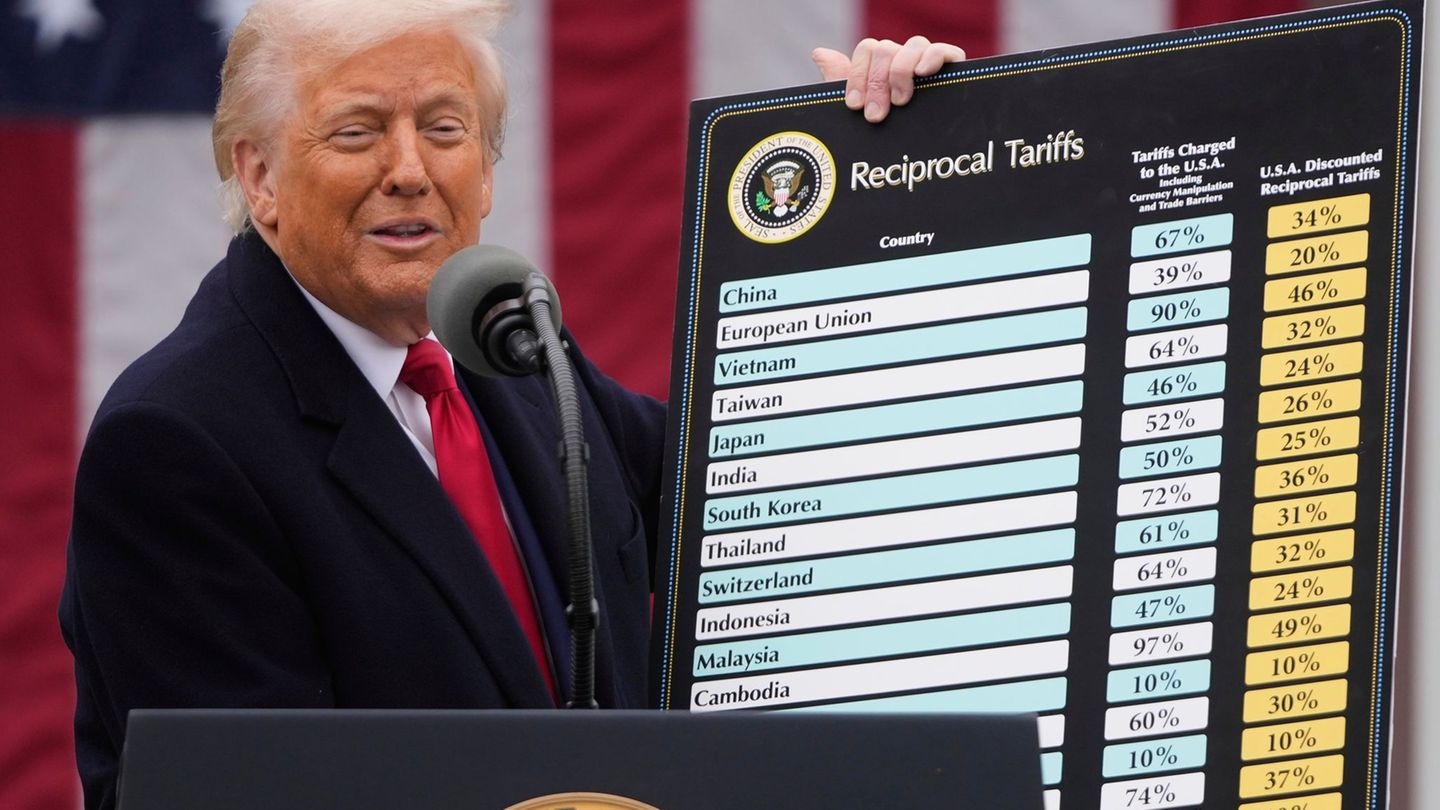Those seeking financing for their college education in the United States will face the highest debt rates in more than a decade and a half.
In the heart of the nation, where dreams of higher education intertwine with financial realities, a dilemma arises that affects to millions of American students: the interest rates on student loans. In this scenario, politics and economics intersect, creating a financial crossroads which could have significant consequences.
The content you want to access is exclusive to subscribers.
It turns out that, with the arrival of fall, those seeking financing for their university education in the United States will face to the highest debt rates in more than a decade and a half. This increase is due to the formula that determines the monetary policy rate for federal student loans, which is based on the yield of 10-year Treasury bonds, adding an additional percentage, as reported by the Bloomberg agency.


In this context, with the recent spike in Treasury yields and the Federal Reserve’s reconsideration of interest rates, Loans for the 2024-2025 academic year are projected to have a rate of 6.6%, the highest since 2008.
What to expect from the rates
Federal student loan interest rates are set by federal law, not by the US Department of Education. However, the likely increase in interest rates could affect electoral sentiment and potentially be bad news for the president’s re-election. Joe Bidenas college-bound students and their parents tend to blame the current administration for high fees.
As the Fed adjusts its interest rate expectations, various economic sectors, such as housing, have already experienced impacts, with mortgage rates exceeding 7%.
This scenario poses additional challenges for aspiring college students, those already affected by the rising cost of education and student debt. In fact, college tuition and the associated financial burden have contributed to a decline in student enrollment in recent years, reflecting an increasingly negative perception about the value of a college education compared to previous decades.
Source: Ambito
I am a 24-year-old writer and journalist who has been working in the news industry for the past two years. I write primarily about market news, so if you’re looking for insights into what’s going on in the stock market or economic indicators, you’ve come to the right place. I also dabble in writing articles on lifestyle trends and pop culture news.




